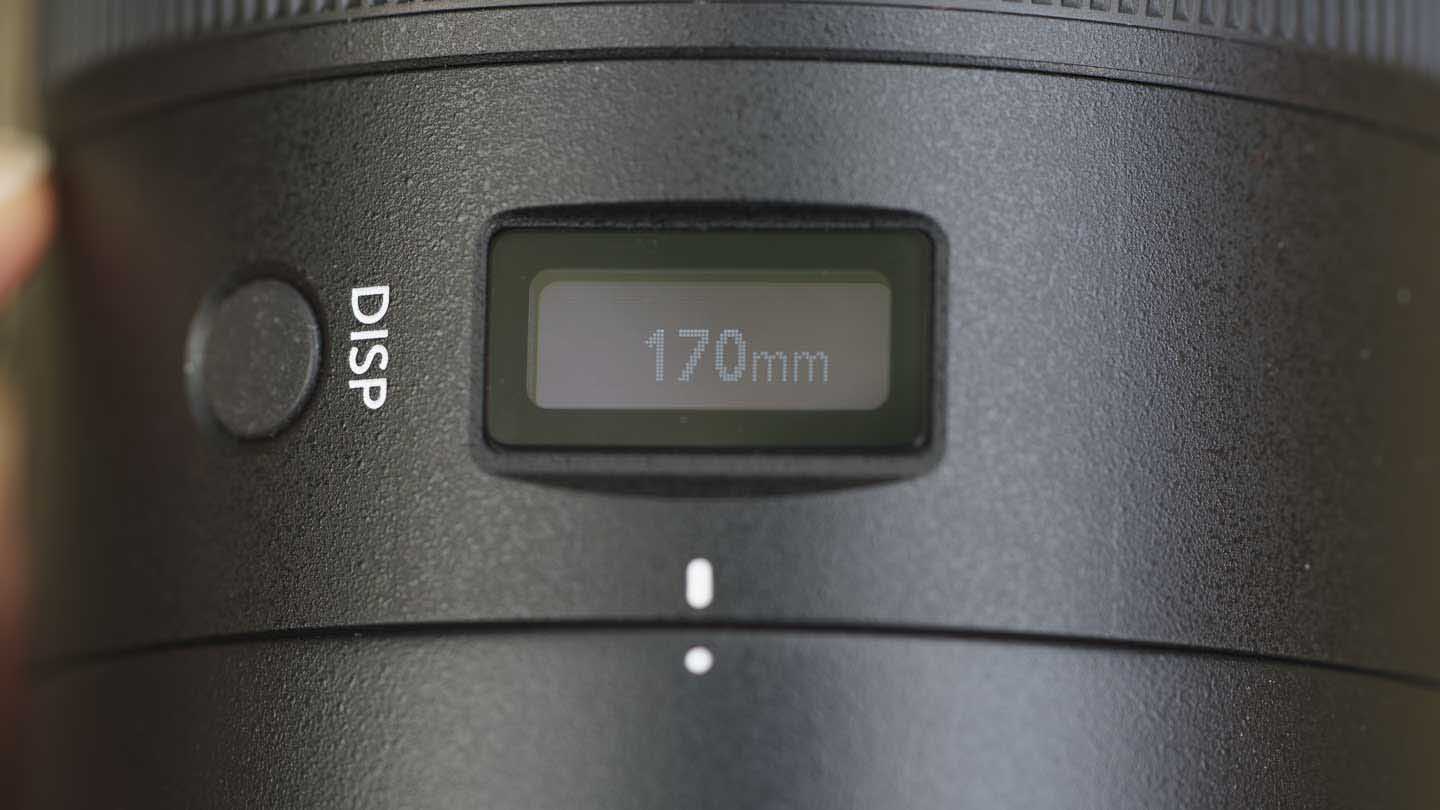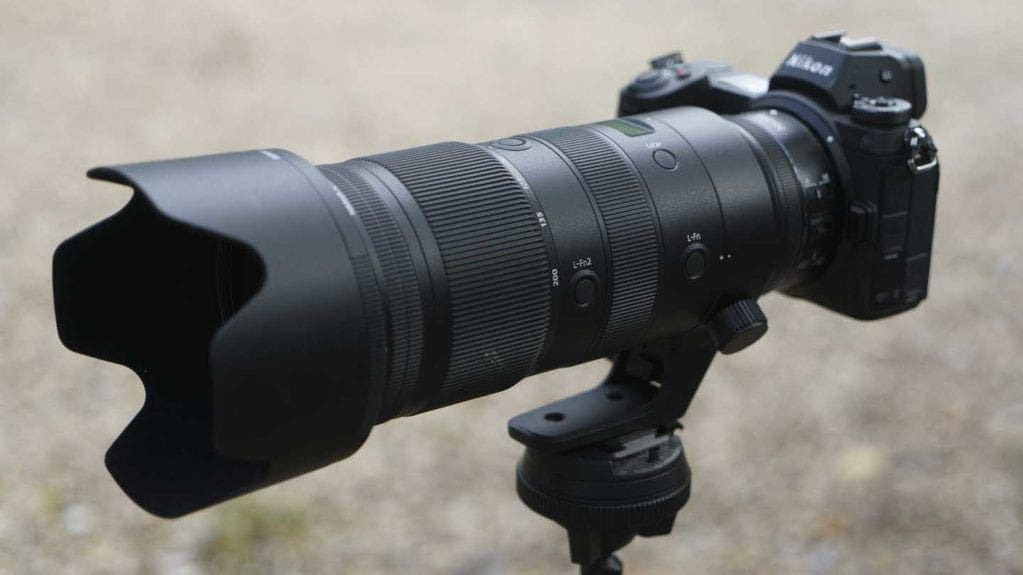As you’d expect, the Nikon Z 70-200mm f/2.8 VR S is an autofocus lens, but as usual, it’s backed-up by manual focusing if it’s required.
Nikon’s engineers have constructed the lens from 21 elements in 18 groups with no less than 6 ED lens elements, 2 aspherical elements, 1 fluorite element and 1 SR lens element. That makes 10 special elements out of the 21.
The ED (Extra-low Dispersion glass) reduces chromatic aberration while the SR (Short-wavelength Refractive) element helps control the path of light with a shorter wavelength than blue light to minimise blue fringing.
There are also Nikon’s ARNEO and Nano Crystal coatings combat ghosting and flare.
Although Nikon’s Z-series cameras have in-body image stabilisation (IBIS), or in-body VR (Vibration Reduction) as Nikon refers to it, the Nikon Z 70-200mm f/2.8 VR S is stabilised. That’s because lens-based stabilisation is better at correcting some movements with telephoto lenses than in-body stabilisation. The Z 70-200mm f/2.8 VR S’s VR works with the camera’s IBIS.
A small LCD screen on top of the lens barrel shows information such as the exact focal length, aperture, ISO or focus distance with an indication of the depth of field. Pressing the DISP button toggles through the information. It’s definitely a feature that goes on the nice-to-have list rather than the essential list.
There’s also a focus limiter switch that can restrict the focusing to between 5m and infinity, thus preventing the lens from focusing closer than 5m. That’s handy if you’re shooting through foliage or a crowd of people.
Nikon supplies a tripod collar and foot with the Z 70-200mm f/2.8 VR S. The foot can be removed if you plan on hand-holding the camera and you want to minimise the weight.












